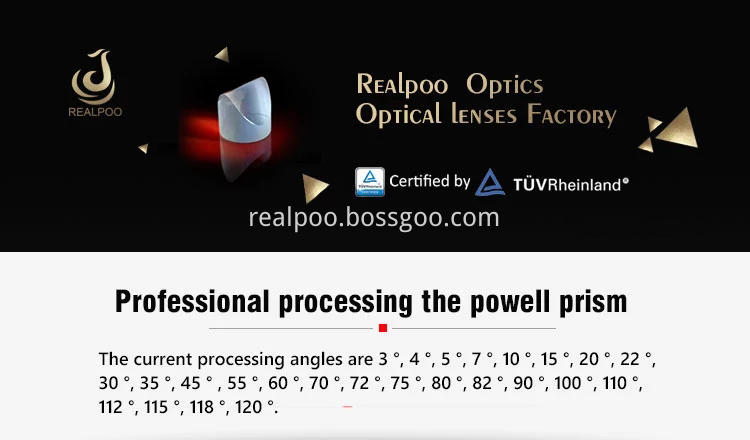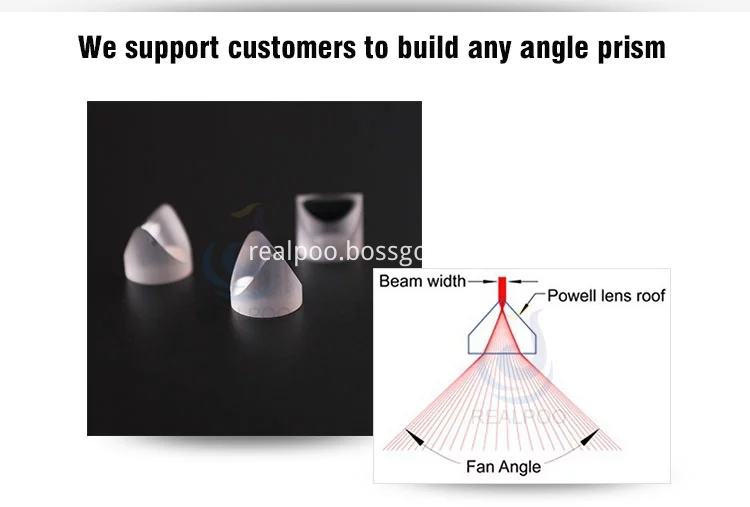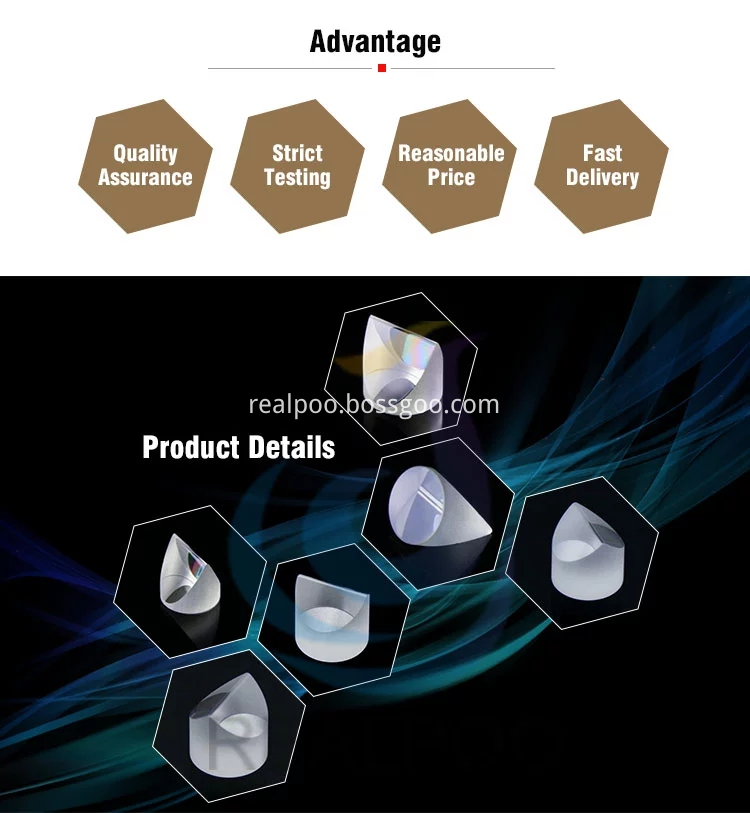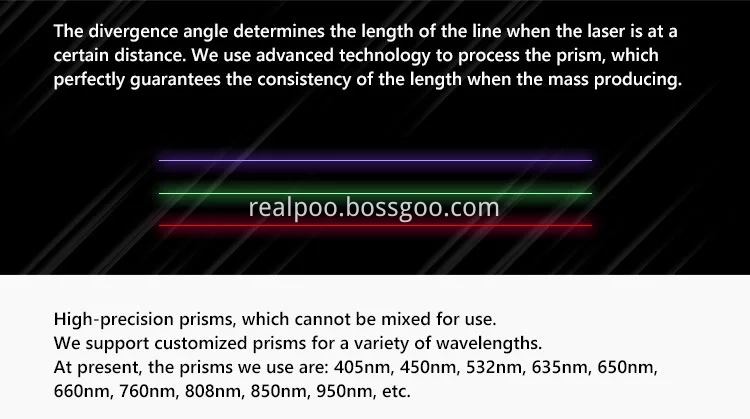Inorganic thermal insulation materials are mainly concentrated on glass wool, rock wool, expanded perlite, micro-nano insulation panels and other materials with a certain thermal insulation effect, which can achieve Class A fire protection.
The production of rock wool is harmful to the human body, workers are also reluctant to construct, and the period of rock wool construction is long. It takes about 2 years from construction to production. At present, the supply of rock wool in the domestic market is not meeting the requirements for use.
Expanded perlite has a large weight and a high water absorption rate.
The thermal insulation performance of the micro-nano insulation board is 3-5 times that of the traditional insulation material, which is often used in high temperature environments, but the price is relatively expensive.
In March 2011, the Ministry of Public Security stipulated the use of Class A non-combustible materials as insulation systems. The future trend can be relaxed to B1 fireproof materials at most, and the development prospects of inorganic insulation materials are still very large.
Expanded perlite has a wide range of raw materials, simple production facilities, and is harmless to the human body. It is believed to be used as a main material in the future.
Organic insulation material
Organic insulation materials mainly include polyurethane foam, polystyrene board, phenolic foam and the like.
The organic thermal insulation material has the advantages of light weight, good processability, high compactness and good thermal insulation effect, but the disadvantages are: not resistant to aging, large deformation coefficient, poor stability, poor safety, easy to burn, poor eco-friendly, construction It is difficult and has high engineering cost. Its resources are limited and it is difficult to recycle.
The traditional polystyrene board and inorganic insulation board have excellent thermal insulation effect and are widely used in the current wall insulation material market in China, but they do not have safe fireproof performance, especially when burning, which is used in the production of such materials. Developed countries have long been limited to very small applications. In recent years, fire accidents caused by the large-area use of polystyrene board insulation materials in Chinese buildings have caused frequent economic losses and personal injury.
The Powell lens resembles a round prism with a curved roof line. The lens is a laser line generator, stretching a narrow laser beam into a uniformly illuminated straight line.Powell Lenses, also known as laser line generating lenses, create straight, uniform laser lines by fanning out collimated beams in one dimension. Fan angles of 3°, 4°, 5°, 7°, 10°, 15°, 30°, 45°, 60°, 75° etc are available.




Powell Lens,Powell Lens Thorlabs,Angle Laser Line Generator Lens,Optical Gratings
Changchun Realpoo Photoelectric Co., Ltd. , https://www.optics-realpoo.com